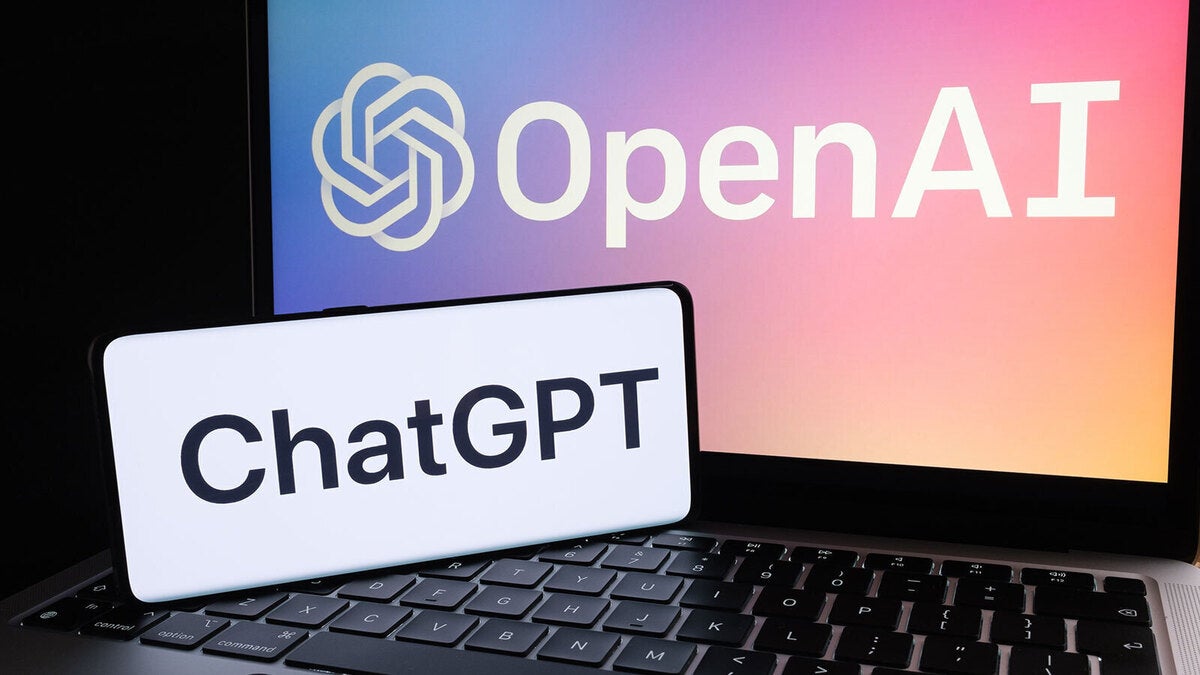Microsoft has a surprising and powerful new competitor in its attempt to dominate the generative AI market – OpenAI, the company behind Microsoft’s genAI products, in which Microsoft has invested $13 billion, and whose technology is the sole reason Microsoft has taken the lead in genAI.
That competition began in late August, when OpenAI launched ChatGPT Enterprise. The company claims “offers enterprise-grade security and privacy, unlimited higher-speed GPT-4 access, longer context windows for processing longer inputs, advanced data analysis capabilities, customization options, and much more.” And, according to OpenAI, the tool is “an AI assistant for work that helps with any task, is customized for your organization, and that protects your company data.”
That’s essentially the same promise Microsoft has made — and that Google, Amazon, and others make, as well.
If you’re confused about how OpenAI can go head-to-head with its biggest investor and partner, join the club. So let’s look at why that’s possible, exmaine how Microsoft and AI went from partners to frenemies, and delve into whether OpenAI’s move could put a serious dent into Microsoft’s plans to own the genAI market.
Understanding Microsoft’s investment in OpenAI
Microsoft’s investment in OpenAI is an unusual and complex one, as is the history of OpenAI itself. The company was founded in 2015 as a non-profit AI research lab and included a host of well-known founders and partner companies. Among them: Elon Musk, Amazon Web Services, PayPal co-founder Peter Thiel, LinkedIn co-founder Reid Hoffmann, and others. Founders and partner companies funded OpenAI to the tune of $1 billion.
In 2018, Musk resigned from the board. In 2019, OpenAI restructured to become a “capped” for-profit company, which allowed it to attract investors and raise more money. The earliest investors in OpenAI had their potential profits capped at 100 times what they invested. Later investors had their potential profits capped at a lower rate.
That’s the year that Microsoft first invested in OpenAI, initially with $1 billion, then with an additional $2 billion. In January 2023, Microsoft invested another $10 billion, making it OpenAI’s largest investor. (Note: Microsoft is considered a late investor, because it wasn’t part of the original group funding OpenAI.)
That investment allows Microsoft to use all of OpenAI’s models across its entire line of products. The myriad AI-driven Microsoft Copilots include those for Bing, GitHub, Microsoft 365 (formerly called Microsoft Office), Teams, and Microsoft Dynamics 365 ERP. All are powered by OpenAI technology. So is Microsoft’s Azure OpenAI Service, which allows enterprises to build their own AI apps.
Nothing in the deal bars OpenAI from launching its own products, even those that compete directly against Microsoft.
OpenAI’s ChatGPT Enterprise versus Microsoft
OpenAI’s ChatGPT Enterprise is the…
2023-09-14 03:24:03
Original from www.computerworld.com rnrn
